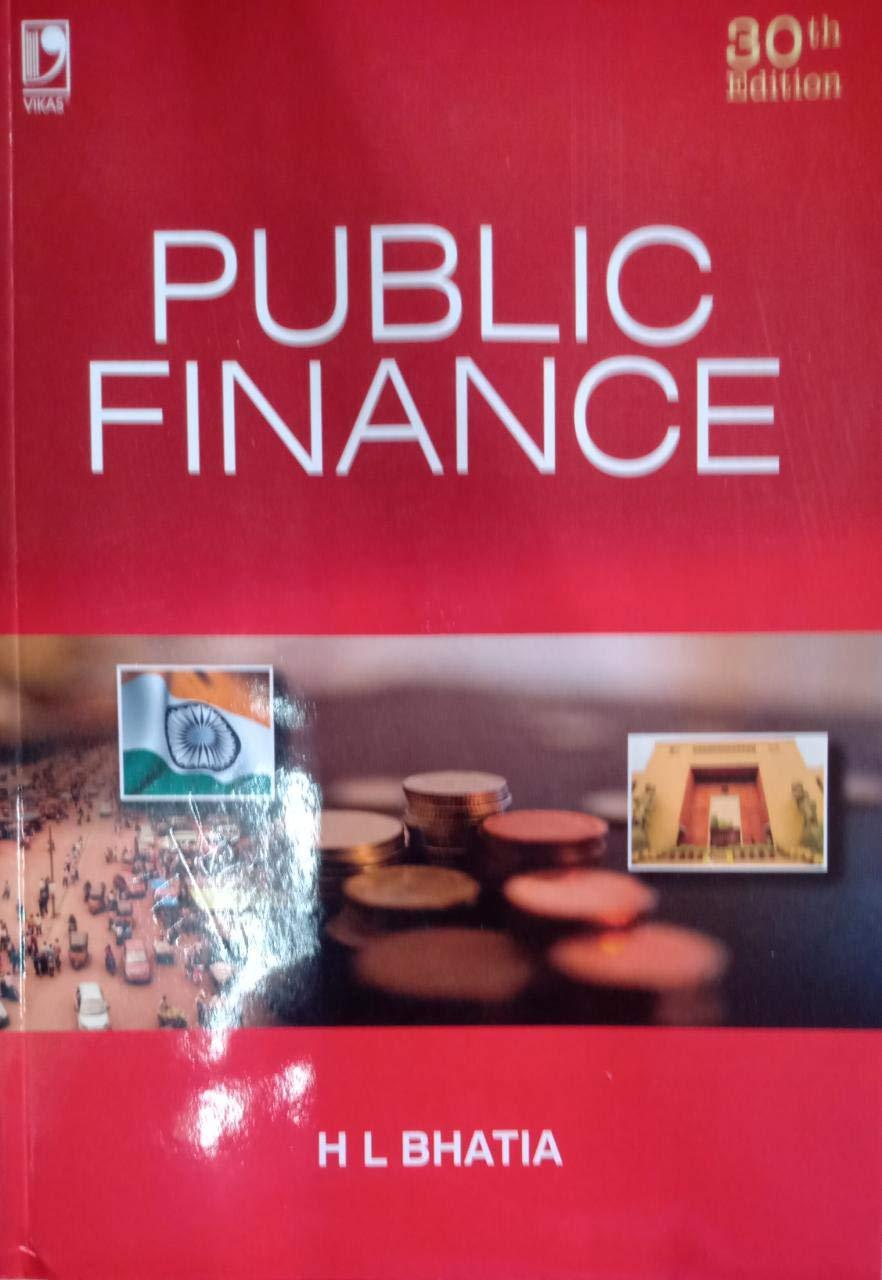Answered step by step
Verified Expert Solution
Question
1 Approved Answer
I ' m currently preparing for an exam and would appreciate some help with the following questions. Could someone please provide corrections and explanations for
Im currently preparing for an exam and would appreciate some help with the following questions. Could someone please provide corrections and explanations for them? Your guidance would really help me better understand these concepts. Thanks in advance!
QCM
Question: Which statement is true regarding neoclassical financial theory?
A The normal distribution assumption of returns is not one of Markowitz's assumptions.
B Tobin's hypothesis concerns the homogeneous expectations of asset returnrisk pairs.
C Tobin's superefficient portfolio is not the efficient portfolio according to Markowitz.
D The CAPM is an empirical model, whereas the market model is a theoretical one.
E In neoclassical theory, the investment decisions of irrational economic agents are assumed to affect asset prices.
F All of the above statements are false.
Suggested Answer: F All the above statements are false. The provided options are either inaccurate or contradict established financial theory.
QCM
Question: Which statement is true among the following?
A The expected return of an individual stock is a negative linear function of the riskfree rate.
B The expected return of an individual stock with a negative beta is a negative linear function of the riskfree rate.
C The expected return of an individual stock is not a linear function of the riskfree rate.
D The expected return of an individual stock with a beta of is a positive linear function of the riskfree rate.
E The expected return of an individual stock with a beta of is a quadratic function of the riskfree rate.
F None of the above statements are correct.
Suggested Answer: D The expected return of an individual stock with a beta of is a positive linear function of the riskfree rate. According to the CAPM, the relationship between expected return and the riskfree rate is linear and positive for a positive beta.
QCM
Question: Assume the conclusions of neoclassical theory are valid. You know the following about the market portfolio and an individual stock i in the market.
Covariance matrix M i
M
i
The riskfree rate of return is ;
ERM
Stock i has an alpha coefficient of
What can you conclude?
A The observed market return of stock i is undervalued.
B The observed market price of stock i is overvalued.
C Stock i is not included in the market portfolio.
D The market is in equilibrium.
E The specific risk portion of is total risk is
F The observed market return of stock i is
Suggested Answer: F
alphai Alpha coefficient of stock i
ERMExpected market return
rf Riskfree rate
CovMiCovariance between the market and stock i
VarMVariance of the market M
Calculation of beta for stock i:
beta iCovMiVarM
Calculation of the expected return for stock i using the CAPM model:
ERirfbeta itimes ERMrftimes
Observed return with an alpha of :
Observed ReturnERialpha I
QCM
Question: Consider the following function: Y X where X
Which statement is correct?
A This function could not represent the utility function of an individual's wealth, regardless of their risk profile.
B This function could not represent the utility function of a riskaverse individual but could represent that of a riskseeking individual.
C This function could not represent the utility function of a riskaverse individual but could represent that of a riskneutral individual.
D This function could represent the utility function of an individual, regardless of their risk profile.
E This function could represent the utility function of a riskseeking individual but not a riskaverse one.
F None of the above statements are correct.
Suggested Answer: B This function could not represent the utility function of a riskaverse individual but could represent that of a riskseeking individual, as the function suggests increasing utility with increasing wealth for a riskseeking person.
QCM
Question: Consider a market where only risky assets, x and y are traded. The correlation between the returns of these two assets is perfectly positive. Also, consider that the volatility of asset x is higher than that of asset y and short selling is prohibited. Which statement is true?
A The variance of returns of any portfolio formed from these two assets is a linear function of the proportion invested in asset x
B The diversification effect of any portfolio formed by x and y is maximized for certain proportions of investment in each asset.
C In the sigma Rp ; ERp plane, the efficient frontier portfolios formed from x and y is a positively sloped straight line.
D In the sigma Rp
Step by Step Solution
There are 3 Steps involved in it
Step: 1

Get Instant Access to Expert-Tailored Solutions
See step-by-step solutions with expert insights and AI powered tools for academic success
Step: 2

Step: 3

Ace Your Homework with AI
Get the answers you need in no time with our AI-driven, step-by-step assistance
Get Started


